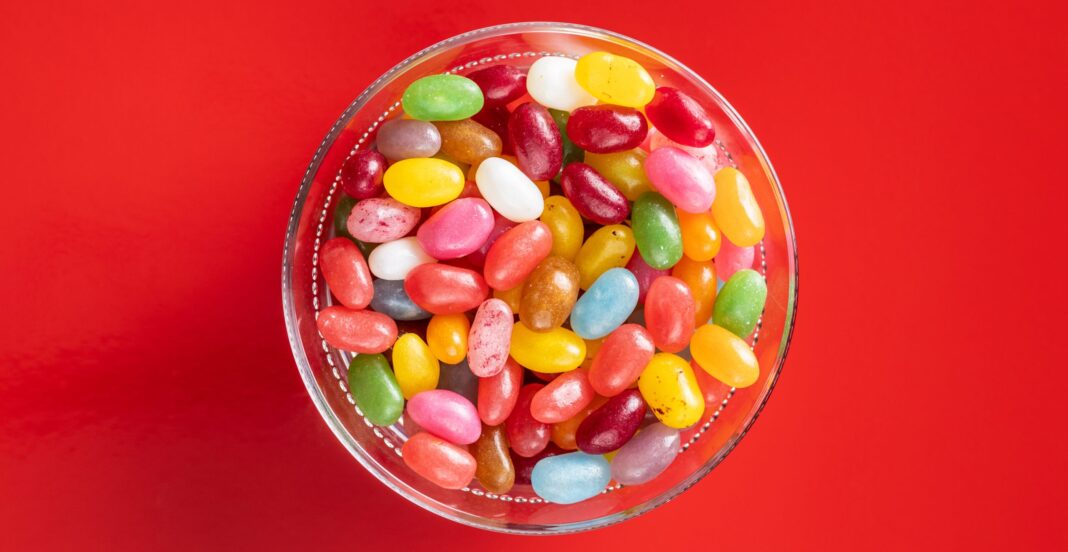We spend very little time enjoying food in our day to day life. Our thoughts, vision, sound, smell and touch take most proportions of time spent in a day. But the only time we get to “taste” is when we consume food and beverages. We spend the day defining our senses on a scale of good to bad. And when it comes to food we have likes and dislikes. Science cannot explain why we have likes and dislikes for certain foods. However, scientists have proven that the urge to eat when you are hungry and not to eat when you are full are controlled by our hormones. But, What does control craving too much for what we like and too little for what we don’t like? That’s a topic we all can discuss with our scientific and philosophical ideas later on.
Let me ask you a question. Which sense would you give up if you have to give up one of your senses? You would probably say you will give up the ability to smell. Because, you think that vision, sound, touch and taste are more important than smell. I want to explain why smelling is crucially important as well as our ability to perceive vision, sound, touch and taste. Ability to smell toxic and bad odours is an advantage. Ability to fancy your mood with nice perfumes is great too. But, do you know that smell and taste have to team up together to make your meal enjoyable?
Between 75% to 95% of what we “taste” is actually smell. Smell plays a big role in the brain’s perception of “taste”. Losing your ability to smell can lead you to lose the appetite towards almost every single food and beverage.Taste and flavour cannot be compared as they both have their own duties. We taste with our gustatory system (tongue) and we identify flavours with our olfactory system (nose). Our taste buds can detect only five different tastes ; sour, sweet, bitter, salty and umami. What we generally define as “taste” is a combination of taste and flavour. From now onwards, you could say that “ I savour food” not “I taste food”. Because you look for more than just taste in most food you consume.
Flavour and taste, do they really exist though? A common misconception is that the foods contain tastes and flavours. Food does contain flavour and taste molecules, but the flavours and tastes of those molecules are literally created in our brains. That’s the scientific approach and it is accepted by the majority. However, some may have a philosophical approach towards perception of tastes and flavours. That’s also an open area for discussion. Basically, understanding the above fact can help you realise that food does not contain taste or flavour itself. Now you have a reason to give that durian, blue vein cheese, black pudding or salted fish a chance as they have no bad smell, taste or flavour any more. If you have ever said you don’t like certain food even though it’s healthy, now it’s time to reconsider your view on healthy food too.
There’s a test you could do at home to prove the above facts.
You need a bowl of jelly beans or any candy that has the same shape but various flavours.
Directions.
- Close your eyes and pinch your nose with one hand. I would use a clothespin to tighten my nose. During the test, you are not allowed to breathe through your nose. If you are doing this test with the family and friends, blindfold and put a clothespin on their nose and make this a challenge to everyone. Start the test with one person at a time. Let each person guess at least five times.
- While you keep your eyes and nose shut, you have to mix what’s in the bowl and put one in your mouth. The idea is to be unaware of what you put in your mouth.
- Begin to chew slowly, without releasing your nose at all.
- Keep chewing and without releasing your nose try to identify its flavour. You can explain how sweet, sour, salty, bitter they are.
- Once you guess its flavour, ask someone to write it down. Check how many of those candies you got right.
Notes:
- Children should be guided by their parents during this test.
- During the test, when you breathe in and out through your mouth, don’t breathe too fast or with too much pressure as those volatile aromas can escape through retronasal olfactory. It’s better if you could take a short to medium breath in, chew the candy, guess its flavour and next breathe out. It will give the most accurate results.
Srimal Perera
Head Chef
t Lounge by Dilmah, Wellington








